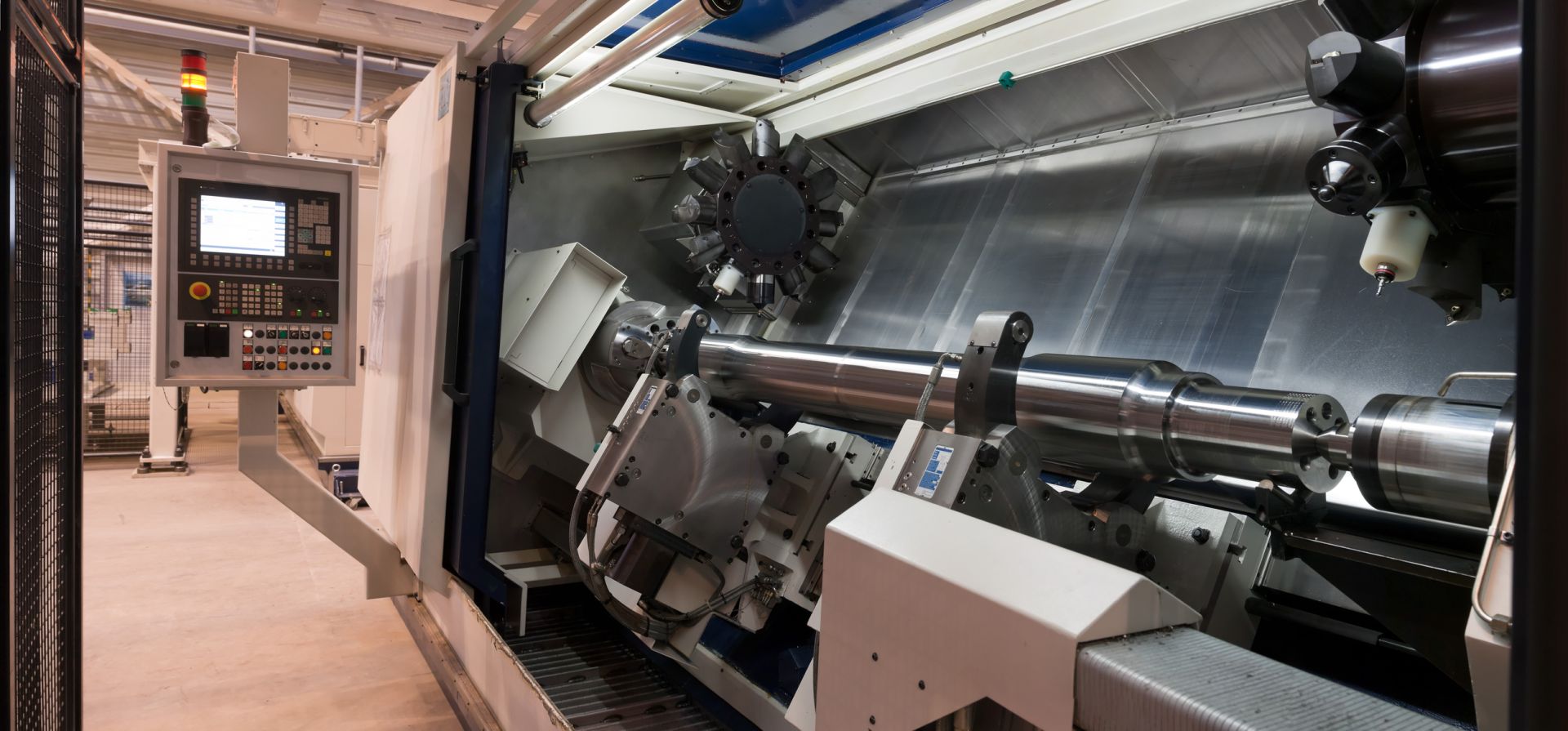Babbitt metals are tin-based or lead-based metals that were first invented in 1836. These metals are commonly used as bearing materials along axles and crankshafts. Babbitt metals offer a range of advantages such as corrosion resistance, friction resistance, low wear, and wetting properties. The alloys are designed to have the strength to handle high speeds as well as high loads yet still retain their sot properties to not experience machine seizure if there is no lubrication along the spinning shaft. There are various grades of Babbitt metal depending on the tin-based or lead-based compositions.
ASTM-B23 Babbitt Grades
The different grades of Babbitt alloys are based on whether they are tin based or lead based. Then the alloys are further categorized based on metal properties and characteristics. Tin-based Babbitt alloys are considered ASTM-B23 #1, ASTM-B23 #2, ASTM-B23 #3, and ASTM-B23 #11. Lead-based Babbitt alloys are categorized as ASTM-B23 #7, ASTM-B23 #8, ASTM-B23 #13, and ASTM-B13 #15.
ASTM-B23 Babbitt: Tin-Based
Tin based Babbitt metals will contain over 80% tin along with other metals such as antimony, lead, and copper in varying amounts. No matter the grade of the tin-based Babbitt, each category contains the same amount of iron, bismuth, zinc, aluminum, cadmium, and arsenic. Tin-based Babbitt bearings are commonly used in heavy machinery, compressors, and electric motors.
ASTM-B23 #1: ASTM-B23 #1 contains 90% or more tin along with 4% to 5 % of copper and antimony. It’s commonly used in high heavy load applications and functions possessing high speeds.
ASTM-B23 #2: This Babbitt alloy has roughly 88% up to 90% tin with 7%-8% antimony and 3% to 4% copper. Like all tin allows, they have strong corrosion resistance and easy bonding. This alloy is considered softer than grade #1 Tin-based Babbitt yet can also be used for heavy load applications.
ASTM-B23 #3: This alloy has the lowest amounts of tin for this category at only 83% to 85%. It also has higher amounts of antimony and copper compared to the other grades (7% to 8%). So the alloy has low density.
ASTM-B23 #11: This Tin Babbitt contains roughly 86% to 89% tin along with 6%-7% antimony and 5% to 6% copper. With the increase of copper, the alloy can withstand high temperatures for heavy load applications. It is also often used for medium to light pressure applications.
ASTM-B23 Babbitt: Lead-Based
Lead-based Babbitt alloys contain 75% or more of lead materials with lesser degrees of tin and antimony. This time of alloy possesses high thermal conductivity, excellent corrosion resistance, and good friction capabilities. While it can handle heavy loads, it is often used for low and medium speed applications. Lead-based Babbitt metals are often found in heavy machinery, conveyors, line shafting, and elevators.
ASTM-B23 #7: ASTM-B23 #7 has the highest amount of tin at roughly 9.3% and antimony at 14%. The remainder of the alloy is lead with varying lesser amounts of other metals. This metal can handle moderate loads and moderate speeds. It can be found in sleeve bearings.
ASTM-B23 #8: This alloy has similar amounts of antimony to grade #7 yet a lower amount of tin at around 4.5%. The rest of it is lead. It has anti-friction properties and can handle low speed machinery as well as engines and generators.
ASTM-B23 #13: The lead-based alloy has roughly 5.5% tin and 9.5% antimony with the remaining rate containing lead. The alloys in this category are economical for a wide range of low speed applications.
ASTM-B13 #15: The alloy in this category has the lowest amount of tin at 0.8% and highest amount of antimony at 14.5% with the remainder of it being lead. This alloy has a micrograin and is typically reserved for low speed applications.
The types of Babbitt metals specified may have the compositions adjusted based on the customer and the specifications of the application. For more information about Babbitt metals, contact Belmont Metals.

